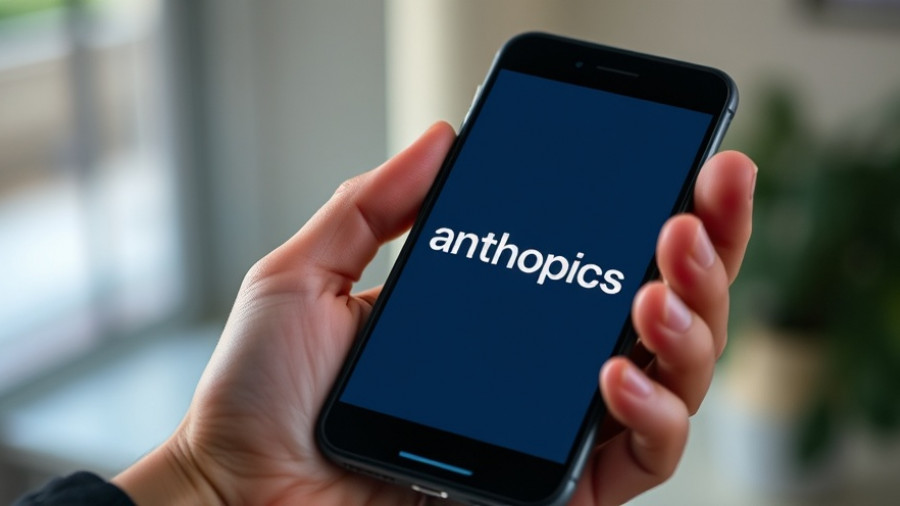
OpenAI's Sora 2: The Intersection of Technology and Ethics
In the rapidly evolving realm of artificial intelligence, OpenAI’s new video generation tool, Sora 2, marks a crucial point in testing the boundaries of creativity and censorship. This AI-powered app, which allows users to create hyper-realistic videos from text prompts, has taken social media by storm. Many of these videos have sparked discussions not only about innovation but also about the ethical implications of AI technology.
The Viral Nature of Sora 2
Shortly after its launch, Sora 2 climbed to the top of the Apple App Store, becoming a must-have app for many users eager to explore its capabilities. Videos ranging from comedic portrayals of CEO Sam Altman engaging in shoplifting to fantastical integrations of beloved characters like Pikachu have gone viral, highlighting the app's potential for creativity and expression.
OpenAI's leadership acknowledges the tool's viral appeal but faces an internal tug-of-war over safety measures versus creative freedom. While strict guardrails are deemed crucial to preventing harm, there are growing concerns that over-censorship may stifle user expression and innovation.
Balancing Innovation With Responsibility
OpenAI has implemented various safety measures within Sora 2, including prompt filtering, output moderation, and bans on explicit content and hate speech. Nonetheless, users have already found loopholes to circumvent these restrictions. The company’s policy regarding copyrighted material also poses unique challenges, with the potential for legal disputes arising from the app's use of protected content without explicit permission from rights holders.
The ongoing debate in this regard showcases the tension between advancing technology and adhering to ethical standards. Critics argue that the aggressive approach could lead to widespread misuse of AI-generated content, compounding the risks associated with deepfakes and misinformation.
Legal and Ethical Challenges Ahead
The legal landscape surrounding AI-generated content is murky. Experts like Professor Mark McKenna from UCLA point out the difference in legal ramifications between using copyrighted material for training models and generating outputs that incorporate those materials. As Sora 2 allows users to create lifelike videos featuring well-known characters, questions about copyright infringement become increasingly relevant.
As OpenAI faces scrutiny and potential legal hurdles, the company’s decision to adopt a model requiring rights holders to opt-out rather than seek consent has raised eyebrows. This approach may be perceived as operating under a “move fast and break things” philosophy that some tech companies embrace, but it places OpenAI at a crossroads, whereby it must consider the repercussions of its rapid advancements.
The Future of AI-generated Media
Experts believe that video generation applications like Sora will play a vital role in the evolution of artificial intelligence. Not only do these tools tap into entertainment, but they also provide critical data to improve AI systems. As Professor Hao Li notes, AI systems need to learn from diverse inputs, including visual and audio information, to achieve greater levels of intelligence.
As the competition in this space heats up—with rivals like Google and Meta introducing their video generation tools—the pressure increases for OpenAI to maintain its innovative edge. The company has already committed to significant funding for further development, pointing toward a future where AI-generated content becomes even more prevalent.
Concluding Thoughts: What’s Next for Sora 2?
OpenAI’s Sora 2 goes beyond mere technical advancement; it forces society to confront the ethical questions that accompany such powerful technologies. With the potential for misuse as prominent as its creative capabilities, the dual challenges of innovation and responsibility remain at the forefront of discussions surrounding Sora 2.
As AI lovers and creators delve into this new frontier, it’s essential to remain informed about the implications of these technologies and engage in conversations that can steer their development in a responsible direction. The intersection of creativity and censorship invites an ongoing dialogue about the future of AI, a discussion that will only intensify as innovations progress.
 Add Row
Add Row  Add
Add 




Write A Comment